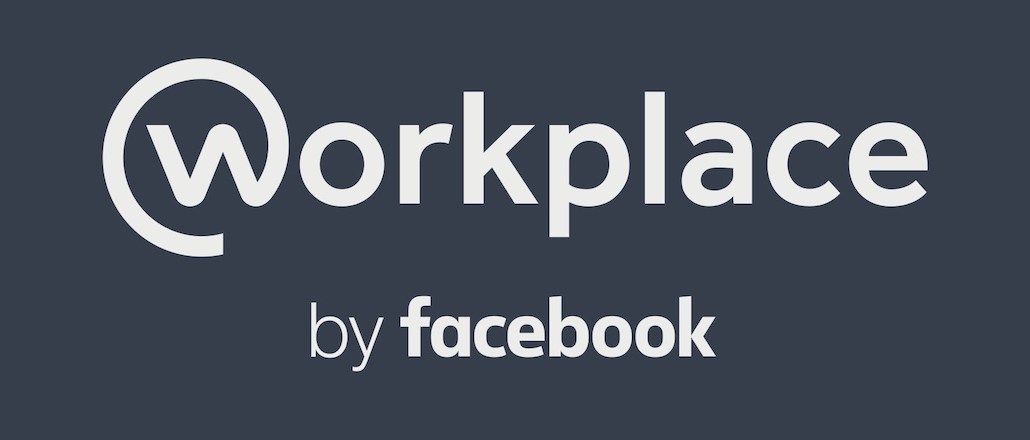Slack-averse brands and agencies gravitate to Facebook, Microsoft alternatives

Slack has never quite caught on at brands and agencies, but now Slack alternatives from Facebook and Microsoft are making in-roads among marketers.
Facebook’s Workplace and Microsoft’s Teams are gaining adaption at marketers in ways Slack largely has not. This is owing to the fact that Slack, being a singular product, lacks the suite of enterprise tools that Microsoft and Facebook others can provide alongside. So it’s easier for IT and procurement departments to shop from a single vendor whose products they already use and also more efficient for licensing purposes.
And it’s cheaper too: Facebook Workplace has a three month free trial period after which it costs $3 a month for up to 1,000 active users, $2 a month for 1,001 to 10,000 active users and $1 a month for 10,000 plus active users, whereas Slack’s standard version costs $6.67 per active user per month and its plus version costs $12.50 per active user per month.
TBWA Worldwide, Weber Shandwick, Starbucks and Heineken are among the more than 1,000 companies using Facebook Workplace, which only formally launched in October. Microsoft Teams is not expected to become widely available until early 2017, but is being tested by companies using Office 365 such as digital shop RPA.
TBWA started piloting Workplace in February this year, when its French agency ici Barbès was working on a campaign with French railway company SNCF. Since then, the agency has experimented with its various features, putting out a daily culture briefing on the Workplace Newsfeed and setting up open groups like “Office 365 Q&A,” for instance. Next week, TBWA is set to roll out Workplace across its offices globally.
“Slack is great when you have to manage a limited number of small teams, but Workplace is much more user-friendly if you are part of a large number of groups with a large number of people.” said Nicolas Bordas, vp at TBWA\Europe. “Workplace is not just a communications tool, it is much more than that: It is Slack plus Yammer plus Whatsapp.”
Companies like Heineken and Weber Shandwick are betting on Workplace because of its familiarity. The service adapts the Facebook’s messenger, newsfeed, events and other features for use within companies. It has worked: 90 percent of Heineken’s employees are actively engaged on the platform, with over 80 percent engaging on it in the last month.
“We’ve had great success using it to increase engagement across the organization between colleagues, as well as leadership touchpoints,” said Tara Rush, chief corporate relations officer at Heineken U.S.A. “We’ve also been able to use it in lieu of email in certain circumstances and whenever you can cut down on emails, people are happy.”
Weber Shandwick, on the other hand, is riding on Workplace’s live video capability to transform how its executives and employees communicate internally, said Kate Bullinger, global lead of employee engagement and change management. The day after the U.S. presidential election, for example, its chairman took to Workplace and led a discussion about the election’s impact on the firm and its work on live video.
“It was important to us to have that discussion live and as ‘in person’ as possible so that employees could weigh in with comments and questions,” she said. “We know going live has an impact on engagement on Workplace itself – we’ve seen a continuous and sustained increase in engagement following live videos with our leaders.”
Slack may be dwarfed when you look at the sheer numbers: Facebook has over 1.7 billion monthly users while more than 85 million users already use Microsoft’s Office 365 productivity suite, which Teams will be bundled with. It is designed to work seamlessly with Microsoft productivity apps, so users can embed Skype video conversations in their messages, for example.
But Slack still has some advantages, pointed out Bordas. It has an open API, and developers can easily beef up messages with information from partners — such as tweets from Twitter. Slack also enables users to invite external people, who may not be a part of the company to a group, which neither Workplace nor Teams allows right now.
And it still has its proponents. At Weber Shandwick, Workplace is a supplement to other collaboration tools, including Slack, which is used by some teams for project work and real-time collaboration. Deutsch is squarely in favor of Slack, and isn’t even considering the alternatives. And although RPA is toying with Microsoft Teams, it will probably remain a “Slack pirate ship,” said Pramit Nairi, user experience director at the agency.
“Slack has some character and flair to it, it allows agency culture to shine through a lot better than Teams,” said Nairi. “Slack is more for your hipster, colorful startup while Teams is for your Fortune 500, politically correct CEO.”
More in Marketing

Rembrand’s CEO wants to grow virtual ad placements in streaming, and he’s looking elsewhere for models
Omar Tawakol wants to improve advertising within the streaming world, and is working with advertisers and publishers to improve that experience.

Marketers are keen to use generative AI in ad campaigns, but hidden costs lurk
Marketers across the industry want to use AI to cut down on time spent in creative production. It’s not so simple in practice.

2025 was rough for Target. It could also be the year when its turnaround began
Much of the front half of the year for Target was defined by the company’s decision in January to pull back on DEI initiatives.





